Search
To search for an exact match, type the word or phrase you want in quotation marks.
A*DESK has been offering since 2002 contents about criticism and contemporary art. A*DESK has become consolidated thanks to all those who have believed in the project, all those who have followed us, debating, participating and collaborating. Many people have collaborated with A*DESK, and continue to do so. Their efforts, knowledge and belief in the project are what make it grow internationally. At A*DESK we have also generated work for over one hundred professionals in culture, from small collaborations with reviews and classes, to more prolonged and intense collaborations.
At A*DESK we believe in the need for free and universal access to culture and knowledge. We want to carry on being independent, remaining open to more ideas and opinions. If you believe in A*DESK, we need your backing to be able to continue. You can now participate in the project by supporting it. You can choose how much you want to contribute to the project.
You can decide how much you want to bring to the project.

“The [Chassidim] tell a story about the world to come, which says: There, everything will be just like here. Our room will remain in the world to come as it is now; where our child sleeps now, there he will also sleep in the next world. And the clothes that we put on in this world, we will also wear there. Everything will remain as it is now, only slightly changed.”
Giorgio Agamben, The Coming Communality, 1990
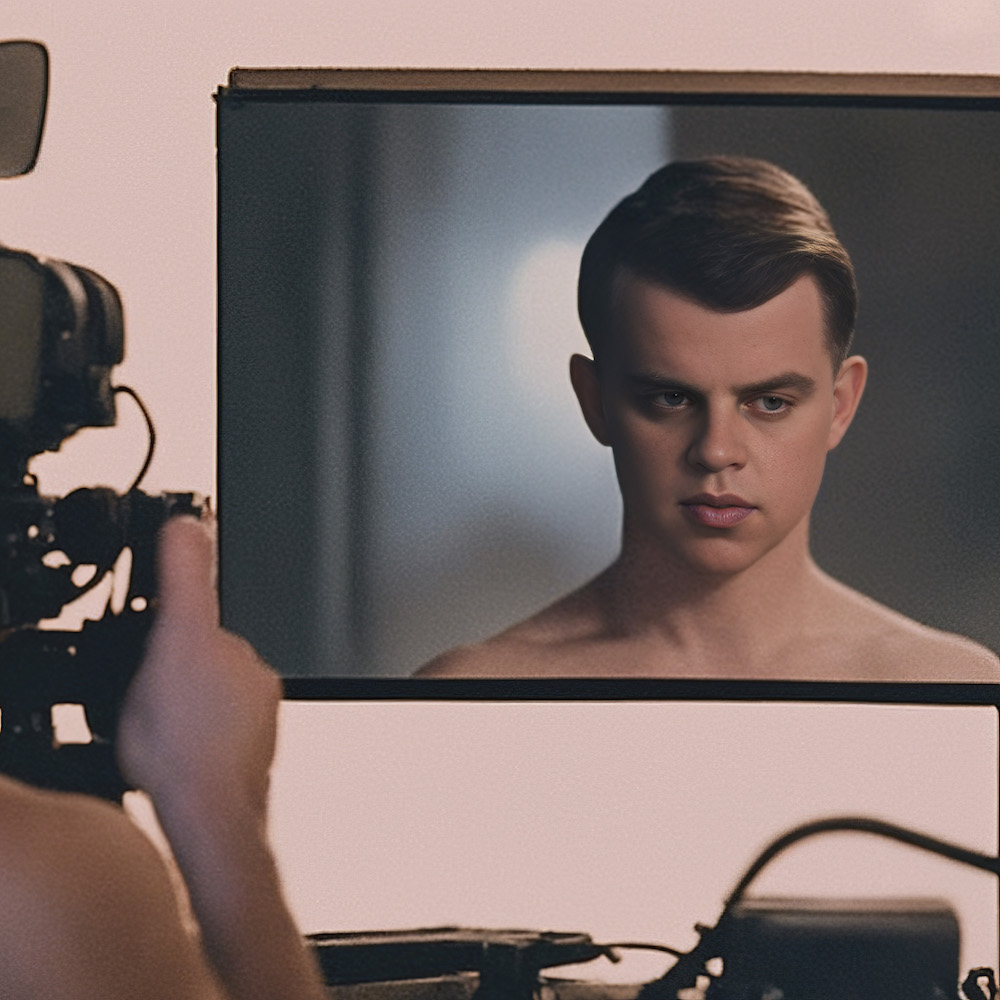
Hyperproduction
We would like not to be caught in the trap of innovation[1]http://chatonsky.net/disnovation. We know how much this is a utopian modernity that has participated in the planetary Arraisal, in the reactivation of ancient ontological fantasies, frightening and rejoicing, conjuring and enthusing, to guarantee the status quo. The novelty of innovation rings hollow in a context of extinction and has become the comedy of old futures.
It is with this hint of Mark Fisher’s lost futures that I would like to address the issue of AI, renamed artificial imagination (ImA). Because if the media rejoice and frighten for Dall-E, SD or chatGPT, by approaching AI as a replacement (of artists, graphic designers, writers and coders), one can wonder if the material means (extraction and energy) necessary are worth it? Isn’t this headlong rush of logistics absurd in a context of extinction?
There is a hyperproduction of data because of its recursiveness. While the industrialization of the 19th century has mechanized the reproduction of the media, the three decades of the Web have captured the traces of our existences, and machines feed on them. The hyperproduction generates media of media by automating the mimesis. It is a radical change of the sphere of representation that seems to push to its climax what precedes it: from a dataset, whose unfulfilled ideal is to contain all the past images, one calculates the probabilities of each pixel to deduce parameters that allow to generate new images that resemble what we know without having ever existed before.
In this latent space, there are no more images, but vectorized statistics and an abstract, unrepresentable space, the black box. This latent space does not copy and paste already existing visual fragments according to a logic of quotation, it produces new compositions. So that the classical criticism of the incapacity of the AI to produce something else than the average of an already known is based on a misunderstanding. What we recognize is not what has already existed, it is not a return, it is the mimesis that has become autonomous, rolling up on itself.
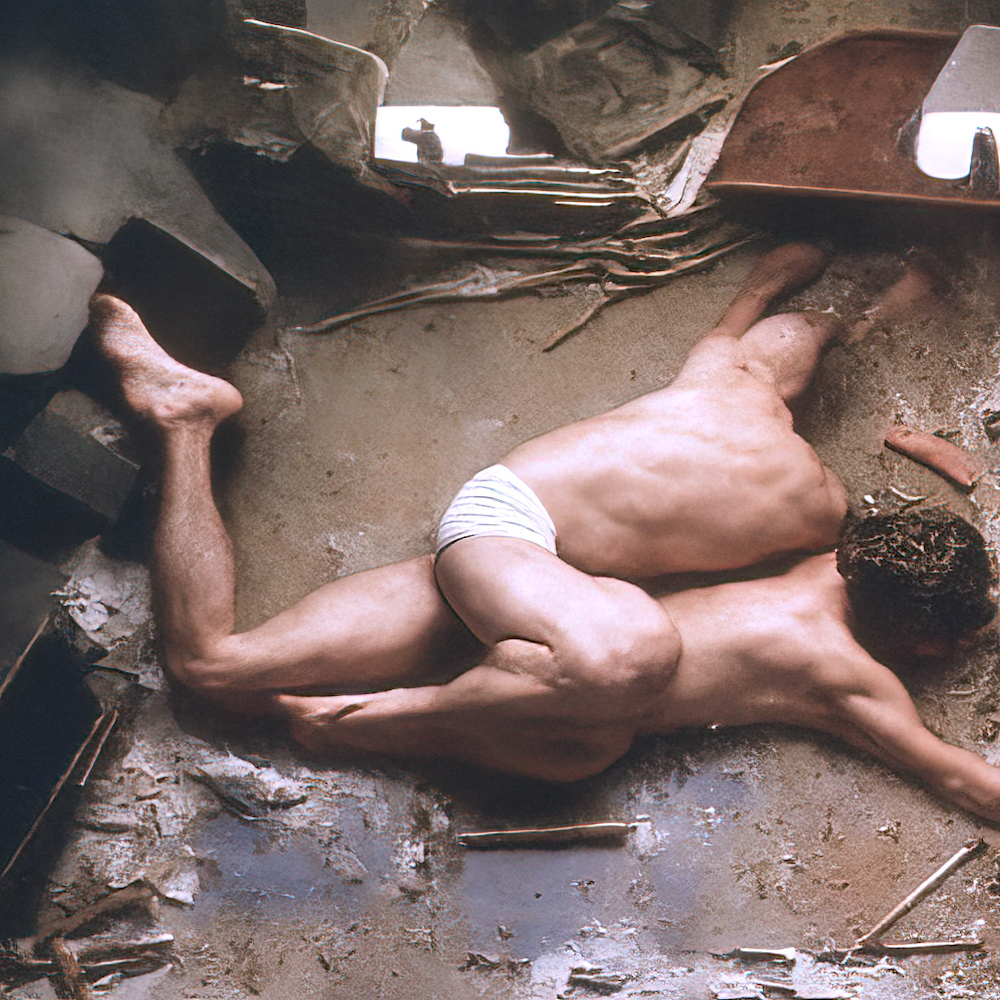
From the future
These images are disturbingly realistic, strangely familiar with a distance, as if reality became a memory: a dream nested within a dream. This sense of déjà vu is our experience when we see a cultural object. We have the feeling that it has already happened, because we are latecomers. Everything has been done, or too much has been done, so that what remains to be done does not seem like a useless extra. Artists have not been idle in relation to the industrialization of déjà vu, integrating press clippings, media icons or post-producing media. But with ImA, we pass another stage: the déjà vu becomes a medium whose form is statistical.
I propose to name this new statistical realism, disrealism. We are beginning to explore the latent space, the contours of this abstract universe which is not the result of algorithmic modeling and ideation, but of the accumulation of media. It produces a fault in realism. One can generate images, but one can also introduce a photograph in a neural network and find it in the latent space. This means that not only are all the past images there, but also the future ones and it is because of this that non-existent images can seem realistic. The realism of disrealism is this mode of existence in the statistical space of the ImA of all the images: those which have already taken place, those which will take place.
This mode of existence is the possible, not the virtual. It would be too long to engage here in a dialogue between Aristotle, Bergson, Deleuze, but we can perceive in these images that they are less virtual than possible. Virtual images are images that act and that have the potential to exist, that is to say according to the laws. They are the synthetic images which require software containing a modeling of the physical laws (gravity, weight, resistance, etc.) They are hypothetical-deductive. The possible images are those of the inductive space of the ImA. They have no other laws than statistical induction. We hardly understand how it works, because this latent space is insane and does not embody human ideation.
These images of the future do not exist, but they could exist. This disrealism of the possible is reconfiguring realism in general. We anticipate that the strange regimes of truth on the Web, fake news, pseudosciences, conspiracies and the multiplication of enunciations, participate in this deep transformation. Images are no longer the traces of the light of the world, of our intentions, of our models and of our laws. They are the traces of themselves, of their past and of their future, of their flow. The latent space does not contain any image, but contains all their possibilities.
One can navigate with parameters or with words, as in the CLIP technology that correlates images and language. The ability to produce images by entering prompts continues a theological tradition where images were enslaved to the expression of a sacred text until the point where, like a living species that would have overdeveloped certain functions without selective reason, the exaptation of images would produce a turning point in its destiny.
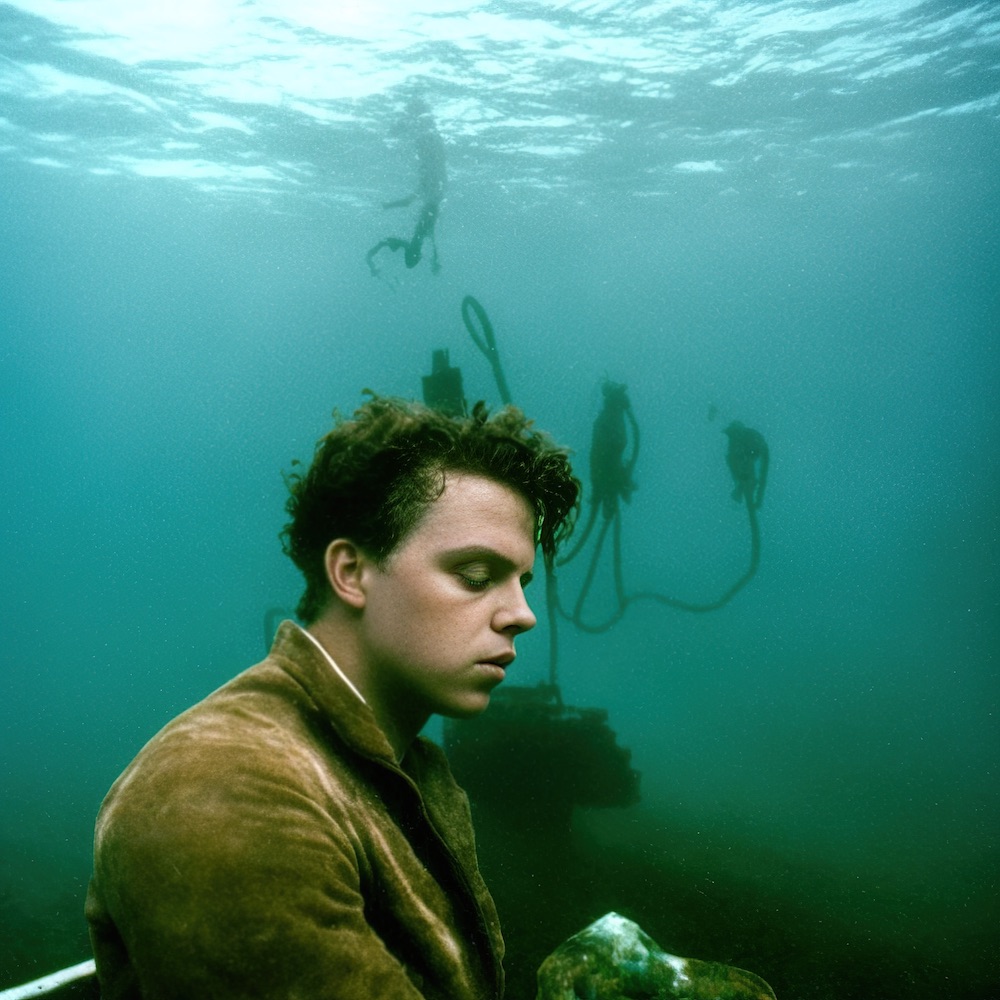
Completion
It is no longer the images that are subject to the law of the text, it is our prompts that try to draw a temporary fragment of the latent space. Most of the images are mediocre. The results are naive, as if all the aesthetic achievements of modernity had been forgotten. So everyone can be fascinated for the ability to produce an image by typing a few words, but this entails forgetting the redundancy of their aesthetics and the sorely pompous character of their forms. It is enough to stroll on an atlas[2]https://atlas.nomic.ai to seize the groupings between space operas, grotesque, kawai, xenomorph, SF, Burtonian gothism, thick painting, Beeple-like illustration. We understand that it is not the texts that drive the images, but the other way around, because CLIP allows us to capture for the first time the imagination of millions of people spread all over the Earth: if I gave you the possibility to create an image from a text, what text would you write?
This is the incredible reversal of the ImA on the very concept of the possible, which produces the first cartography of the imagination that we can now rigorously define as the possible images. One could deduce from this cartography the poverty of the ImA, which repeats the dullest clichés. But this imaginary of American television series and mashups does not seem, to me, inherent to the ImA. It is the product of a certain use of it, of a desire to submit the image to the text, that is to say to our will. I would like to put forward my way of working with these technologies, which is not a matter of mastery, but of a laissez-être and a reciprocal influence: I influence the software that influences me, according to an untangible pas-de-deux. The most striking experience of this hybridization was undoubtedly the writing of “Internes“[3]http://rrose-editions.com/portfolio/chatonsky-internes in May 2020. I had a vague idea of what I wanted to write: a man is dying and can no longer distinguish between his past and all possible existences. I fed GPT-2 a library of texts and wrote the beginning of a sentence, letting the software complete it until one of its proposals inspired me to write a sequel, then letting it take over and so on until the end of the book. The result was an exhausting writing experience where I could no longer tell the difference between my intention and what was dictated to me by the latent space, whose proposals were sometimes brilliant, more often silly and irrelevant. By alienating my writing in this way, I was not putting myself in contact with a silicon super-intelligence, but with millions of dead people whose written traces had fed GPT-2: to imagine is to put in contact those who are already dead with those who are still alive. By completion, I designate this dance between two, where the human imagination is affected by traces of other human imaginations transformed into statistical probabilities on which we project meaning by imagining the contours of an unthinkable latent space.
Let’s project ourselves at the moment of the artist’s death in the sorrow of this unjust disappearance, arriving too early, leaving a taste of unfinished business in front of fragmentary works. Every year, his friends could get together and launch a script generating possible archives of this life that was not lived, opening each time these past and future possibilities. The relatives would then have no doubt about the death of the artist, they would not have the stupidity of the transhumanists, but they could find a certain appeasement in being able to immerse themselves in these new images, resurrecting the deceased not in the sense of nostalgia, that is to say in the hope of bringing back what once was, but as the resurrection of a first time, that is to say the resurrection[4]The theme of the resurrection has seen a new actuality through transhumanism, Russian cosmism and speculative materialism, especially with Q. Meillasssoux, Deuil à venir, Dieu à … Continue reading of the possible itself: a multitude of possible lives that have not been lived but that accompany us during our existence, giving a new meaning to the enterprise of hyperproduction of the ImA in the context of our collective extinction.
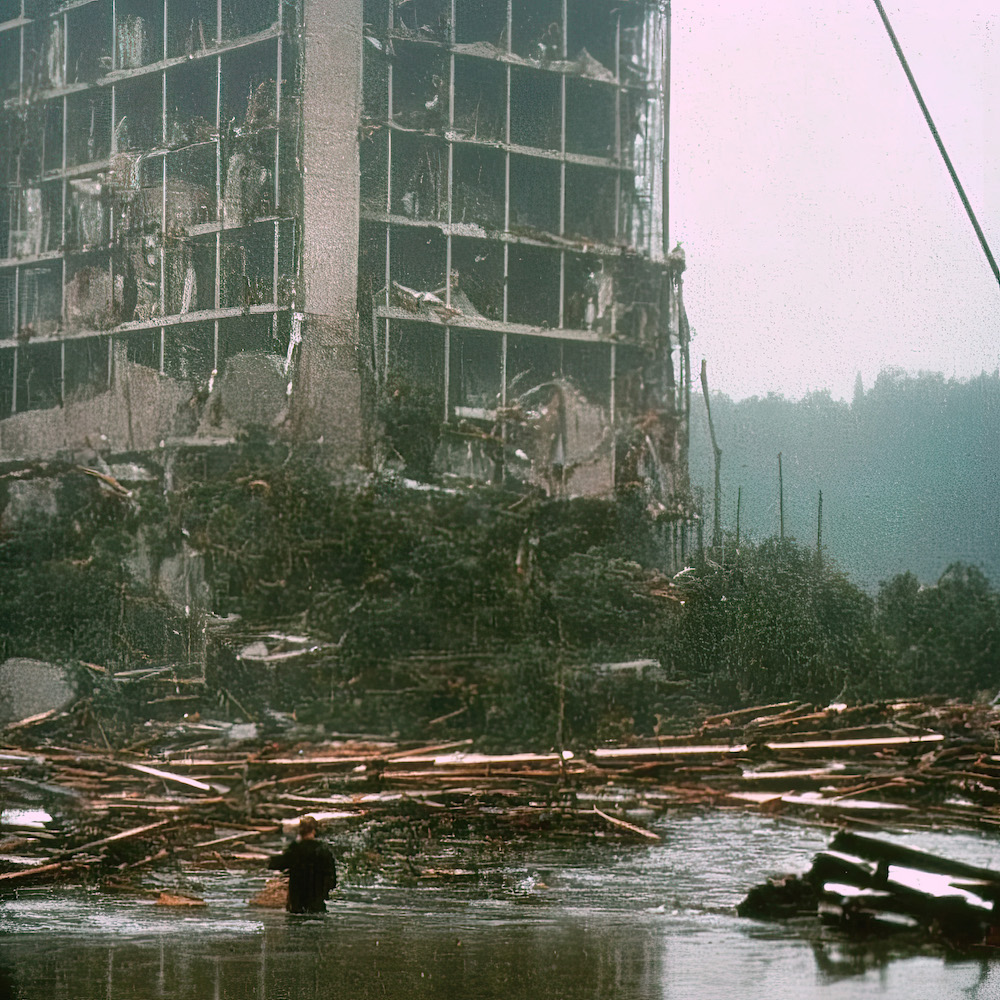


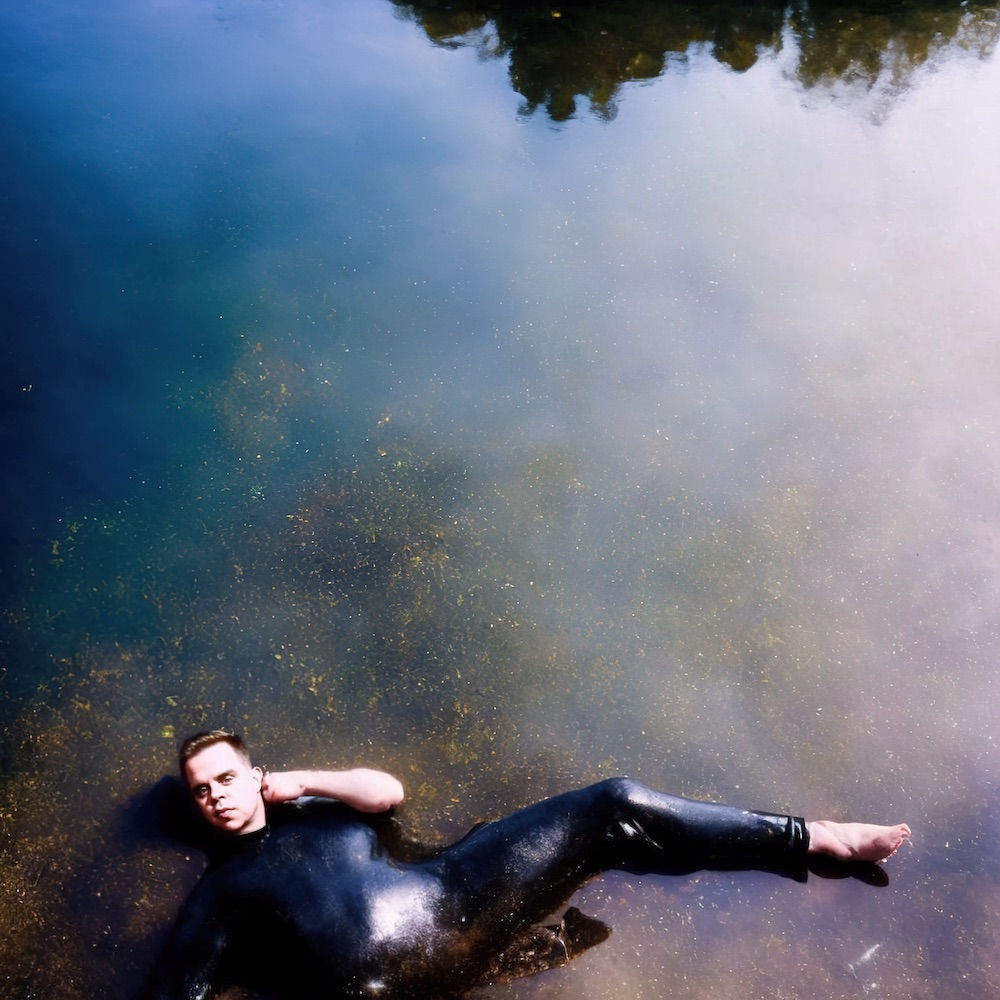
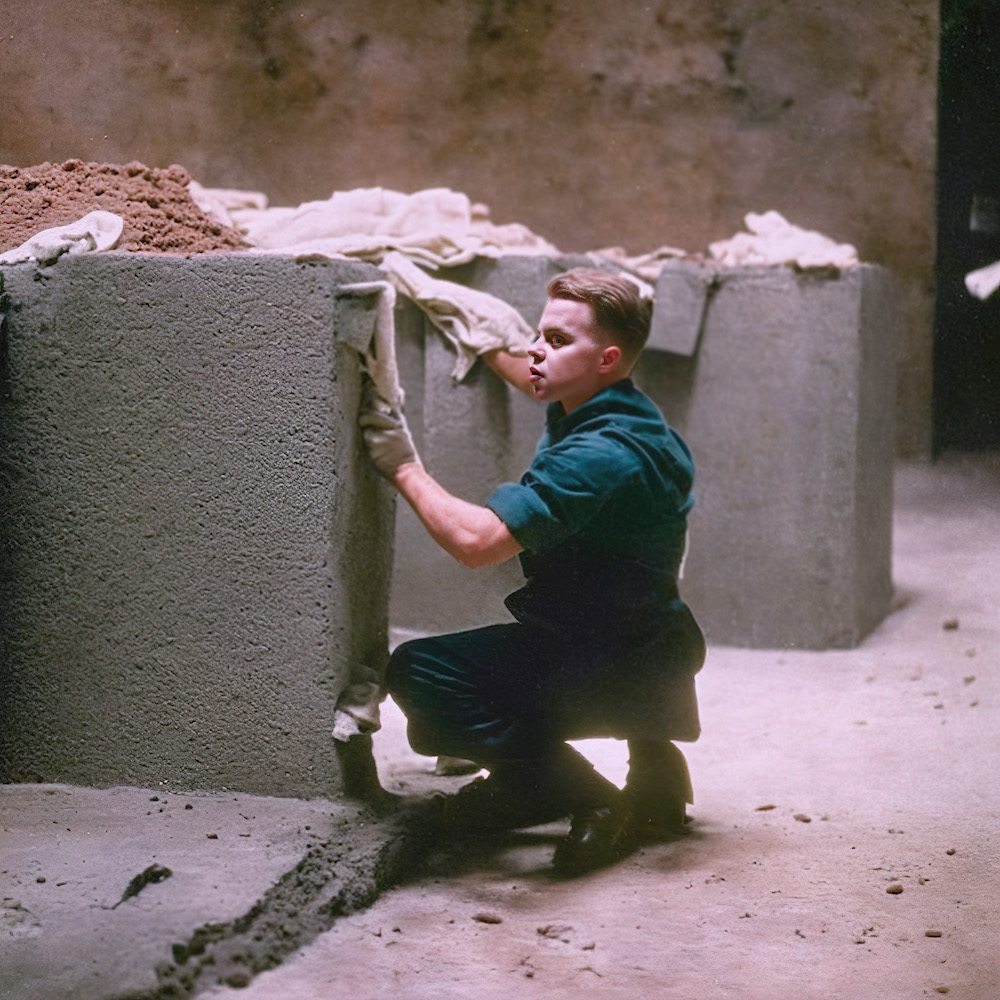
| ↑1 | http://chatonsky.net/disnovation |
|---|---|
| ↑2 | https://atlas.nomic.ai |
| ↑3 | http://rrose-editions.com/portfolio/chatonsky-internes |
| ↑4 | The theme of the resurrection has seen a new actuality through transhumanism, Russian cosmism and speculative materialism, especially with Q. Meillasssoux, Deuil à venir, Dieu à venir on https://editions-ismael.com/en/catalog/deuil-a-venir-dieu-a-venir-2/ |
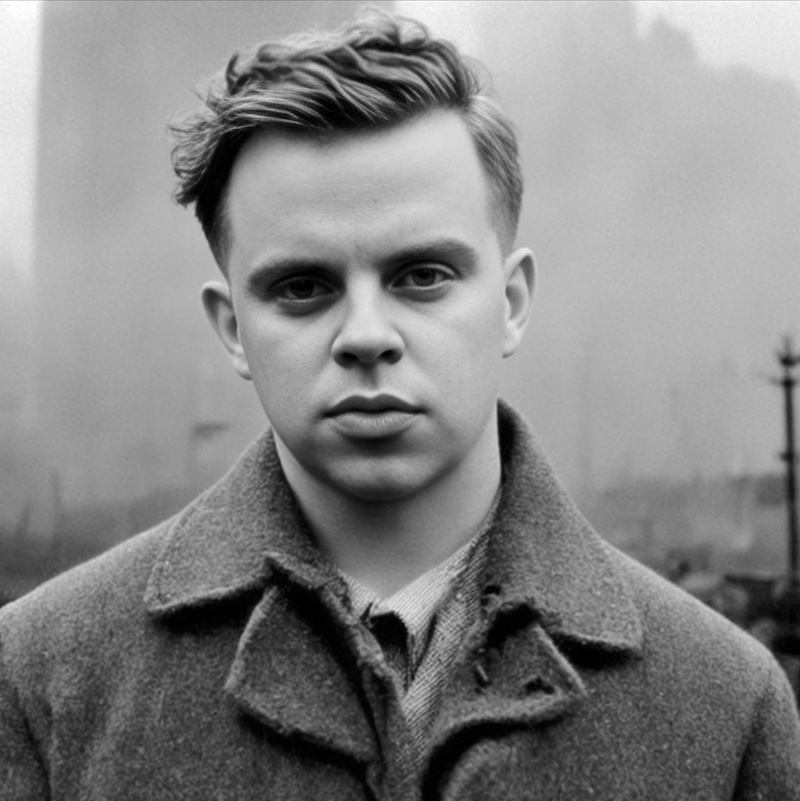
Gregory Chatonsky is a French-Canadian artist, pioneer of the Netart with the foundation of Incident.net in 1994. In 2003, he became interested in the aesthetics of ruins and the materiality of digital flows. In 2009, he ventured into the world of AI, which became over the years an object of research and creation, followed by a seminar at the ENS Paris on artificial imagination. He has exhibited at the Palais de Tokyo, the Centre Pompidou, the MOCA in Taipei, the Museum of Moving Image, the Hubei Wuhan Museum, etc.
chatonsky.net
"A desk is a dangerous place from which to watch the world" (John Le Carré)